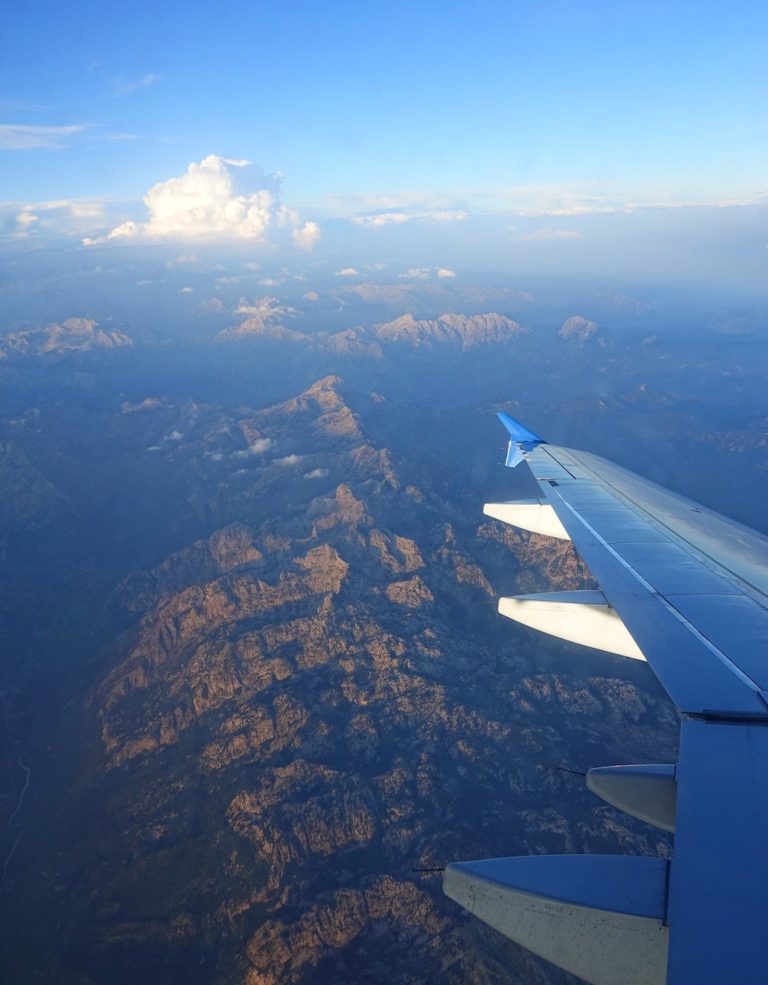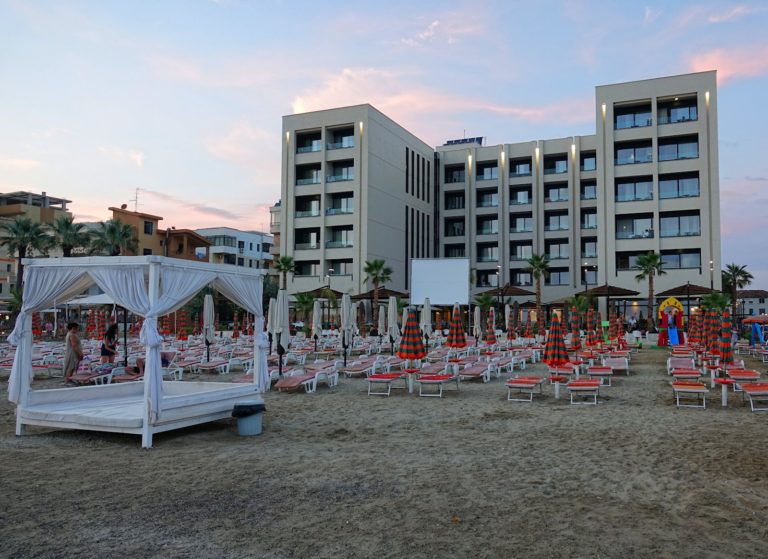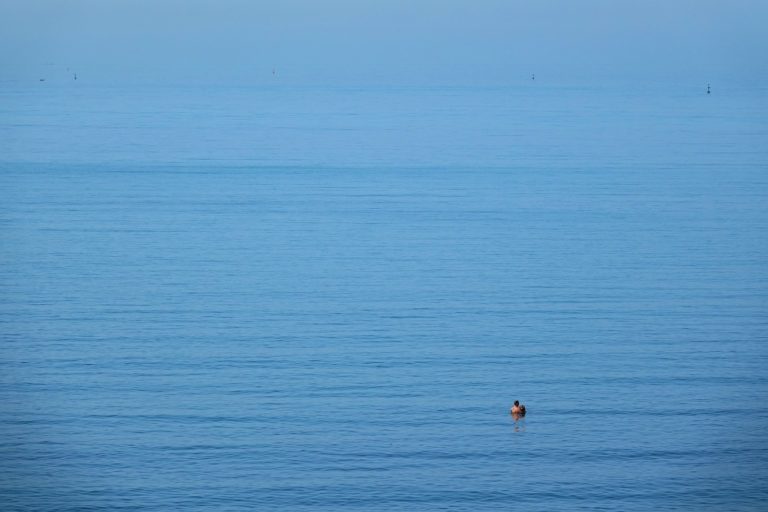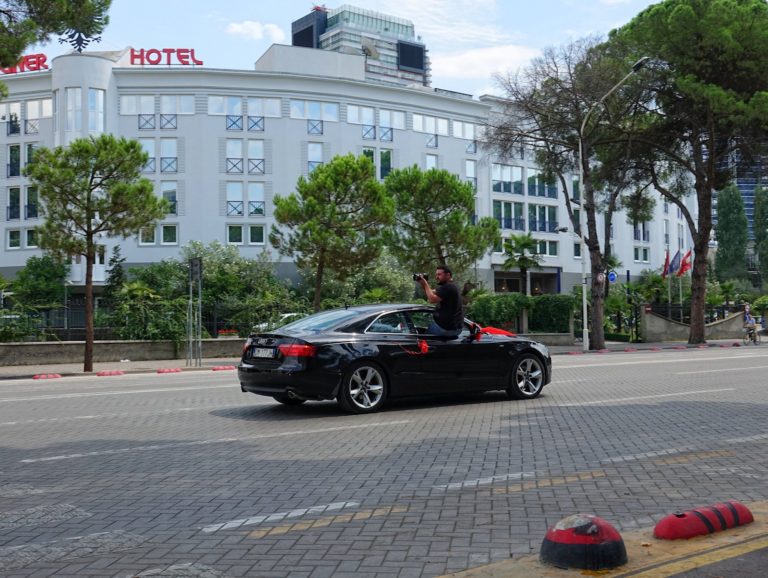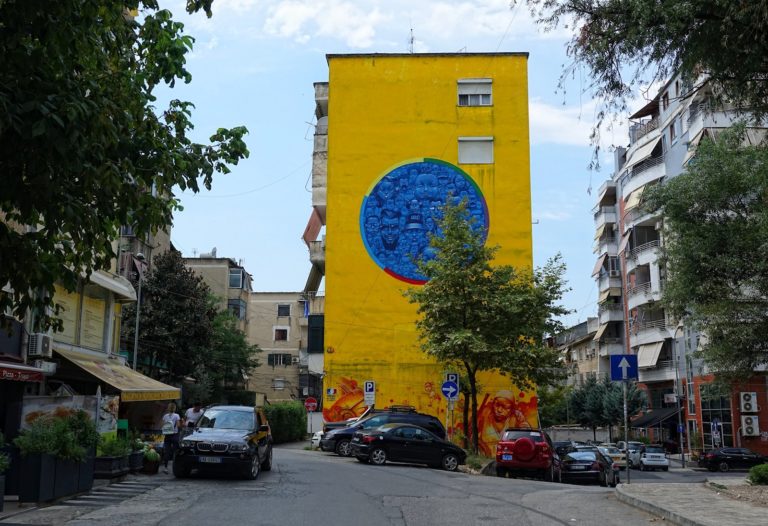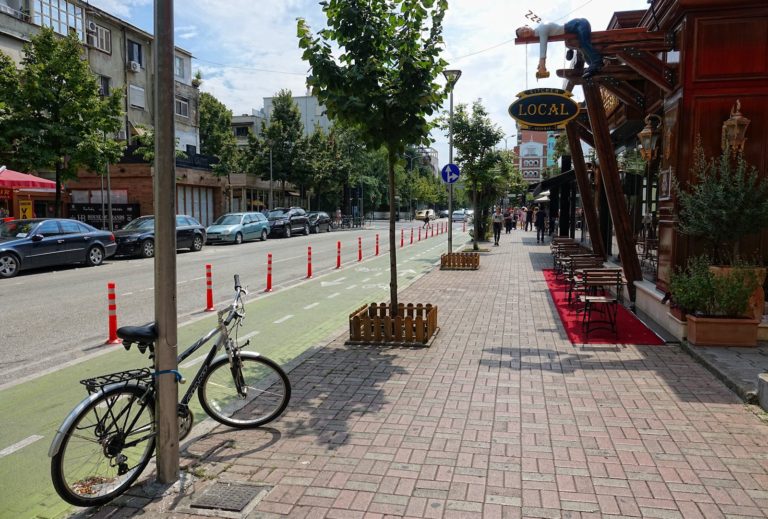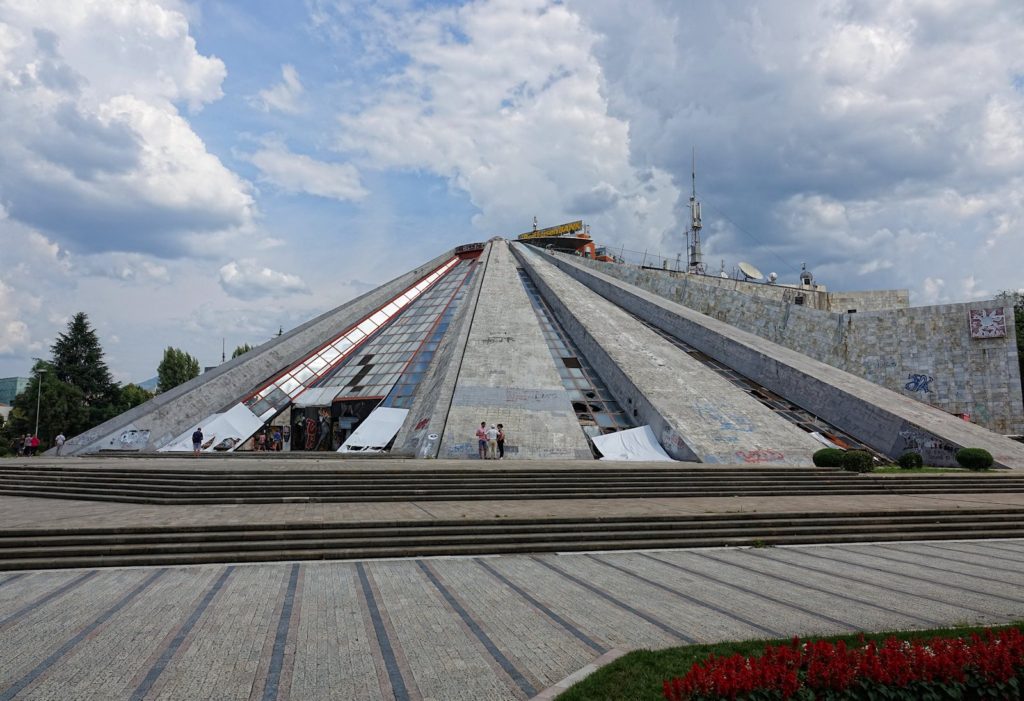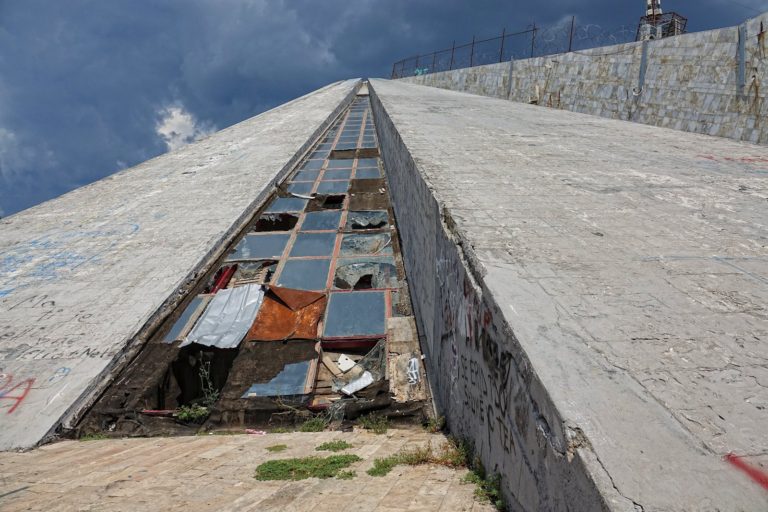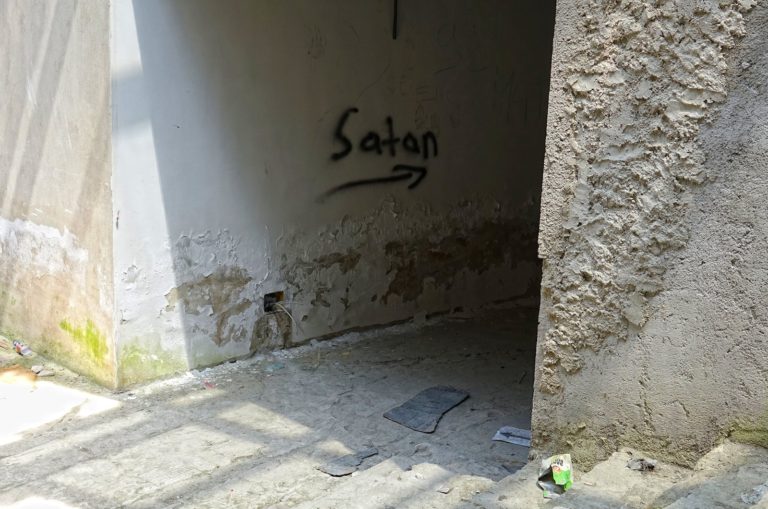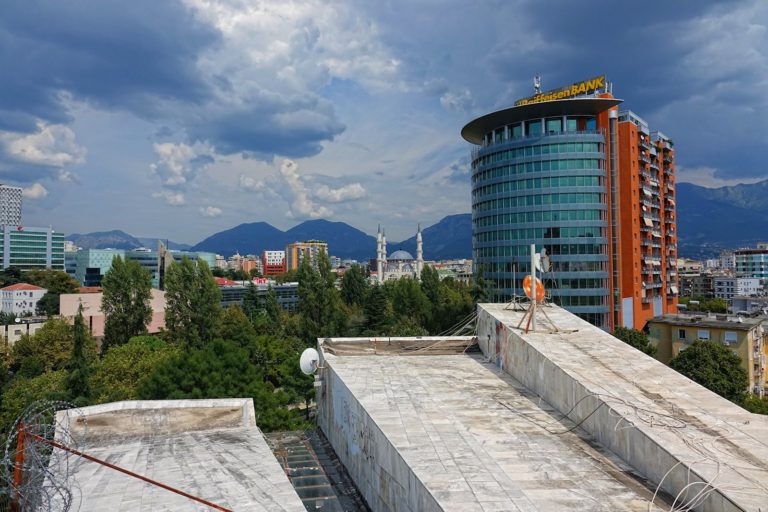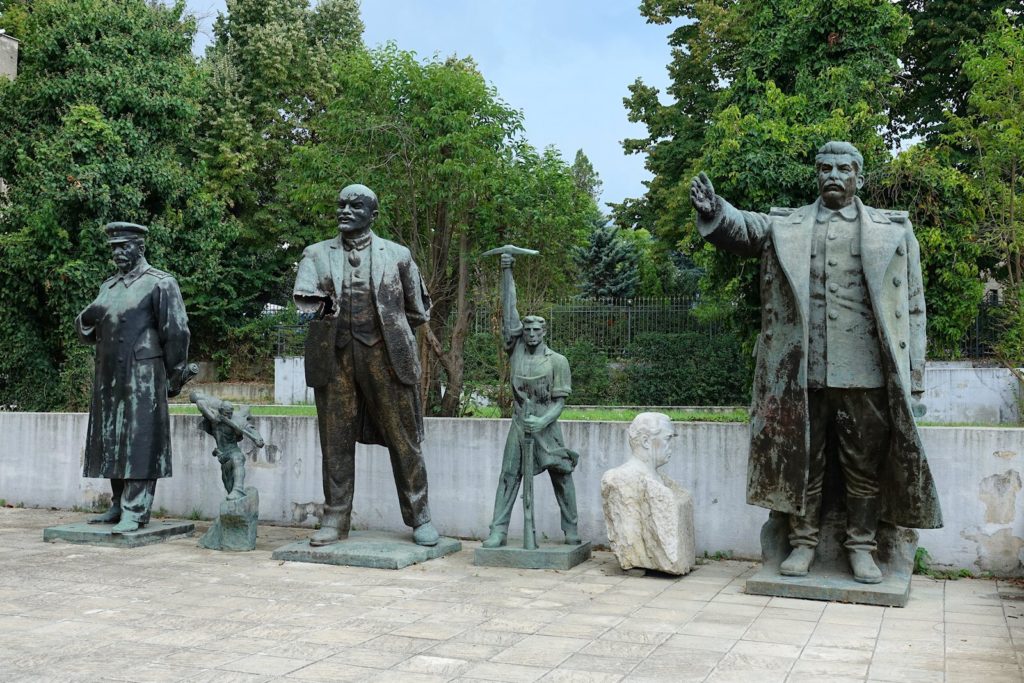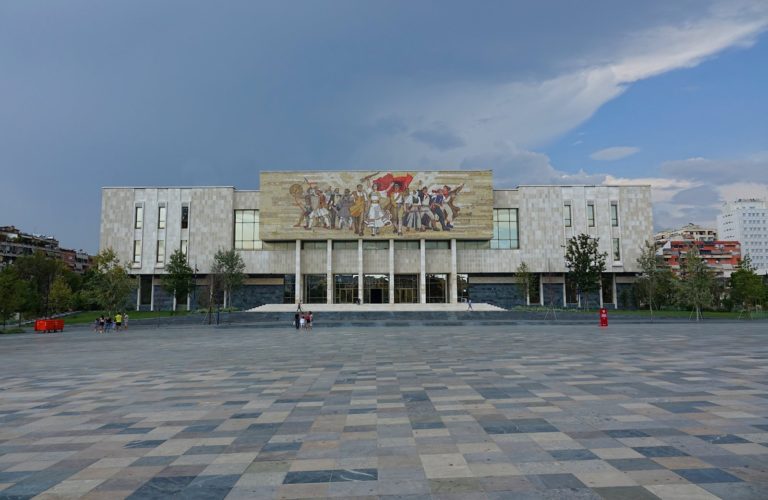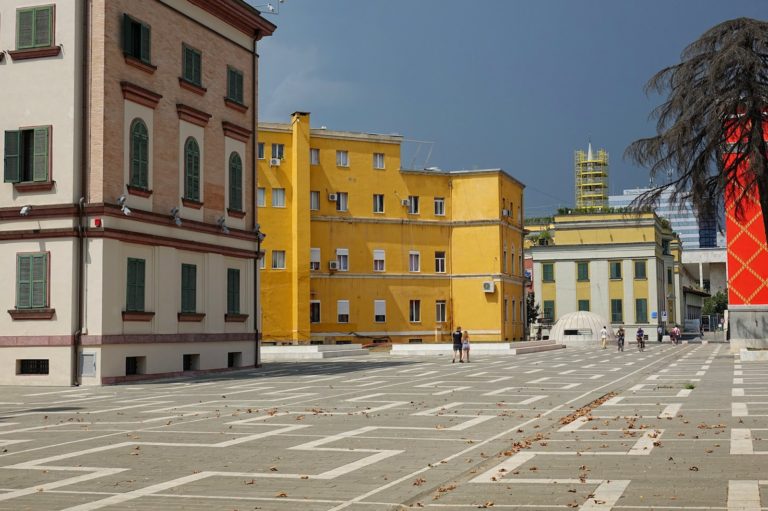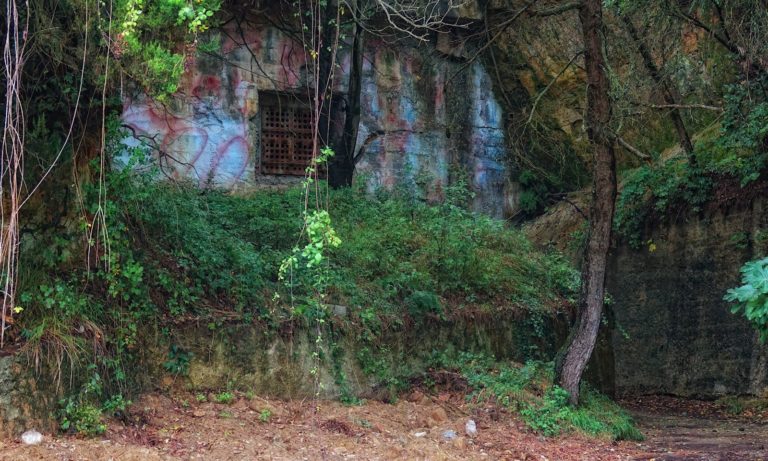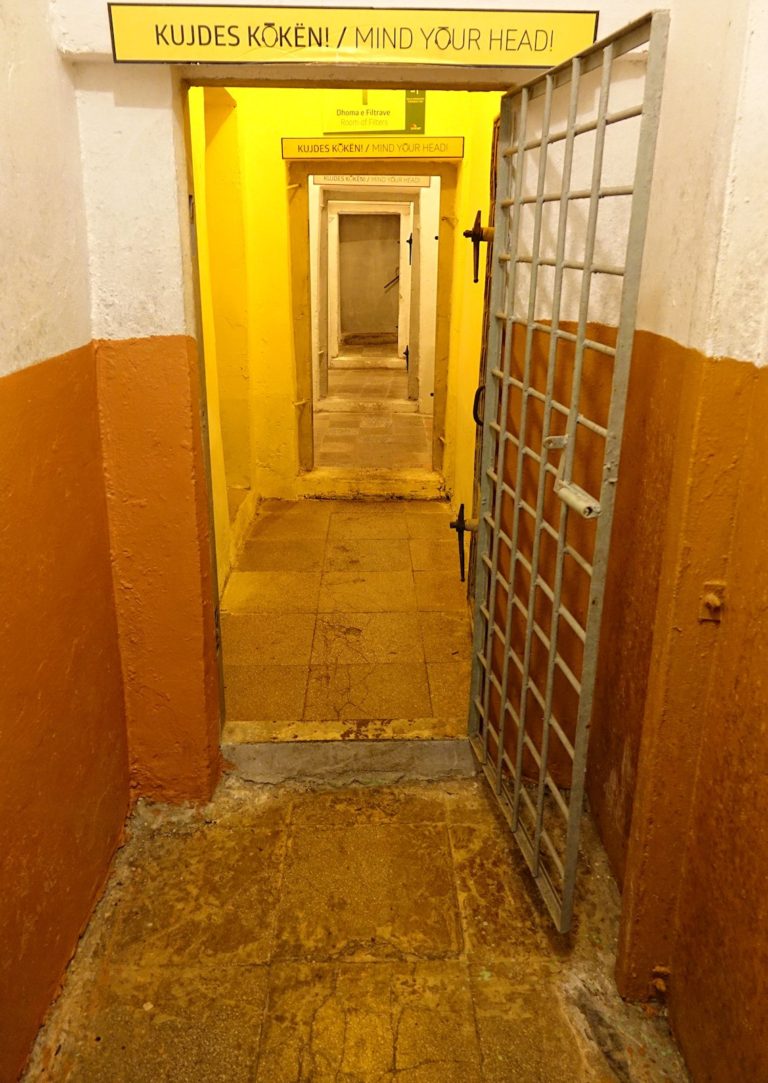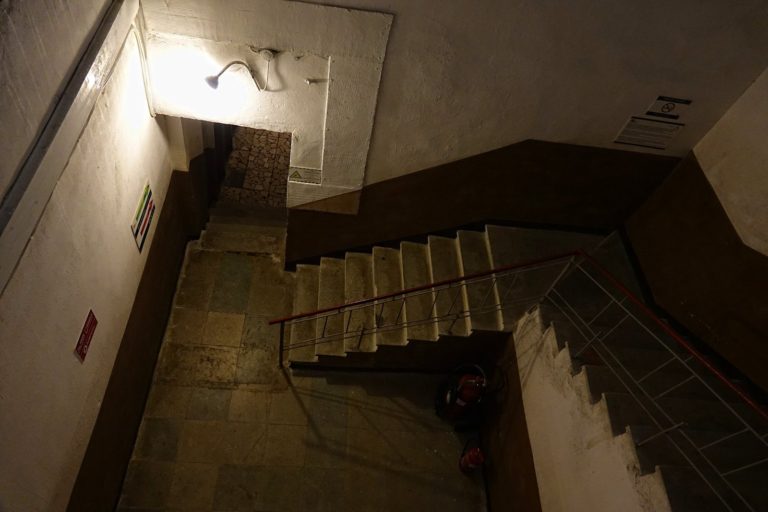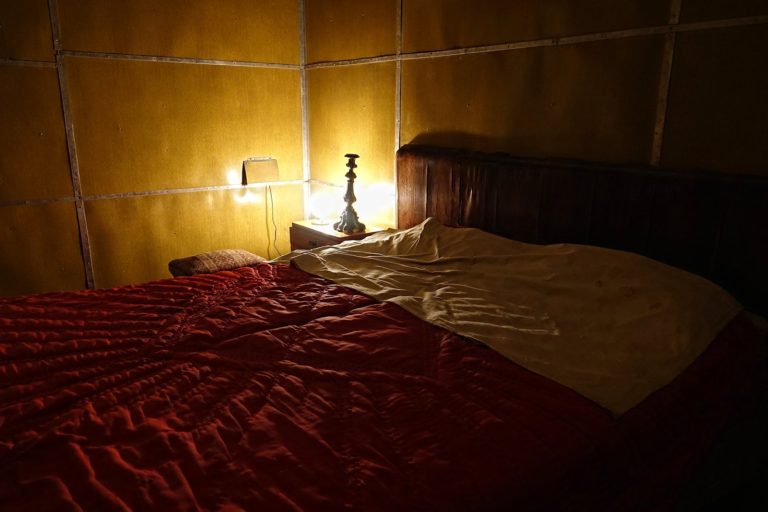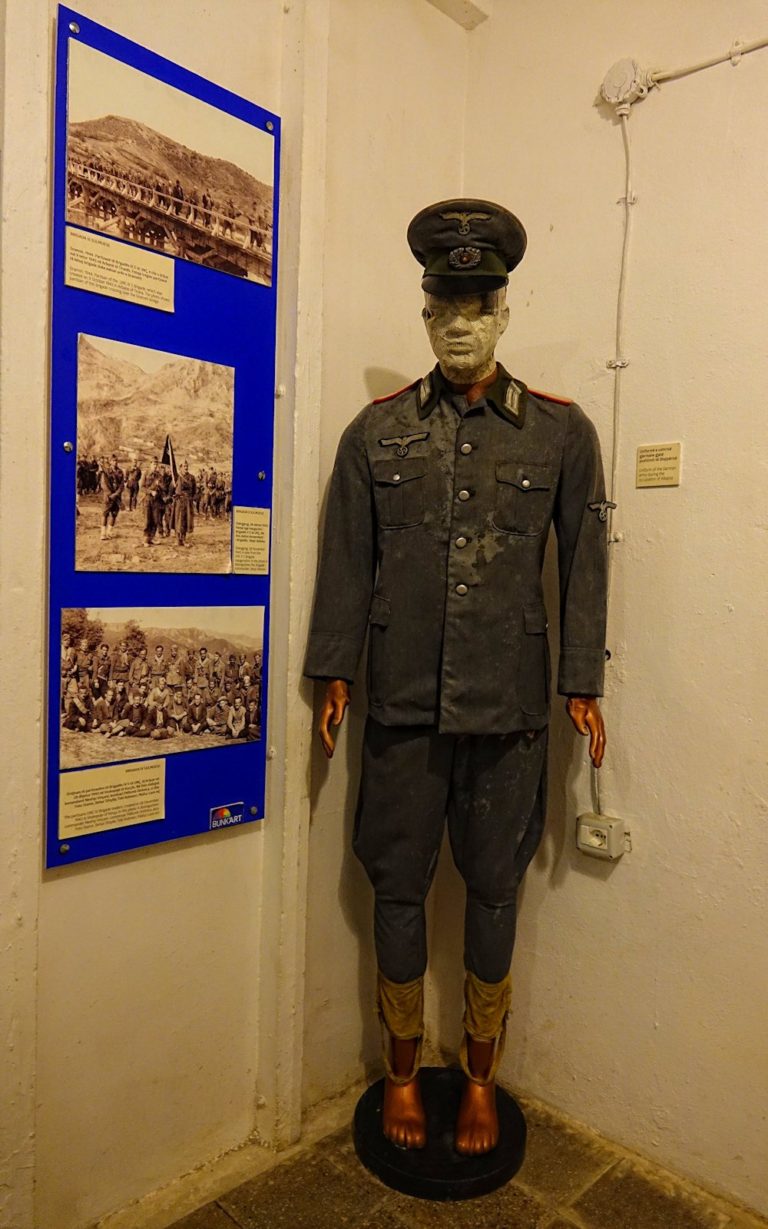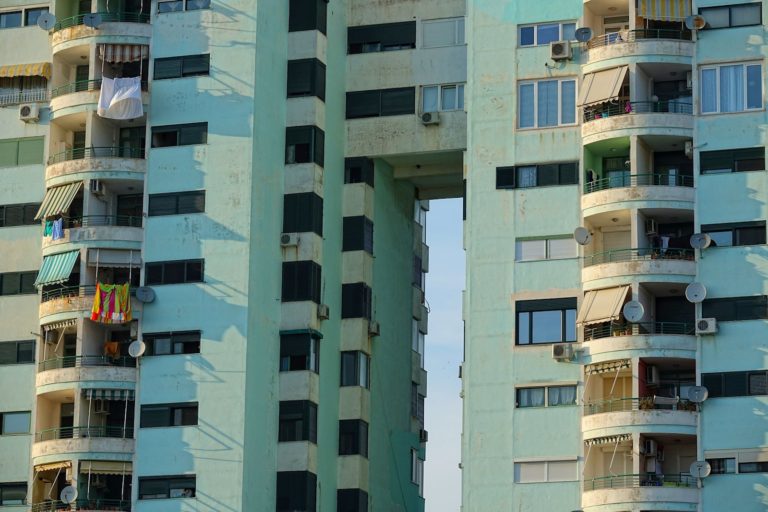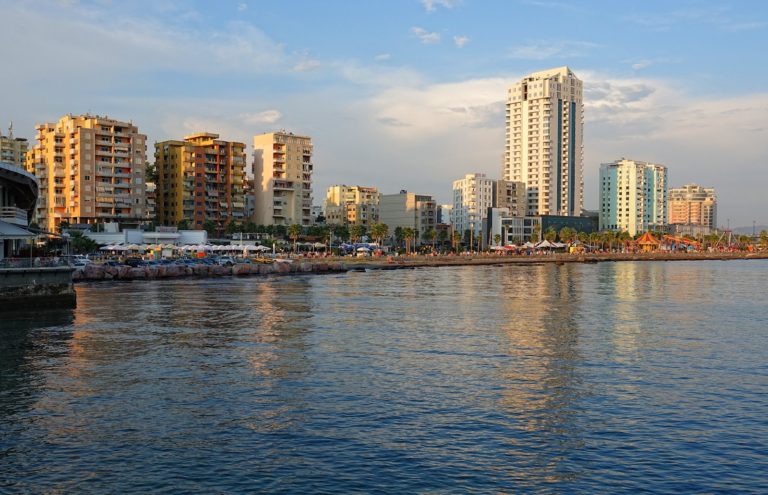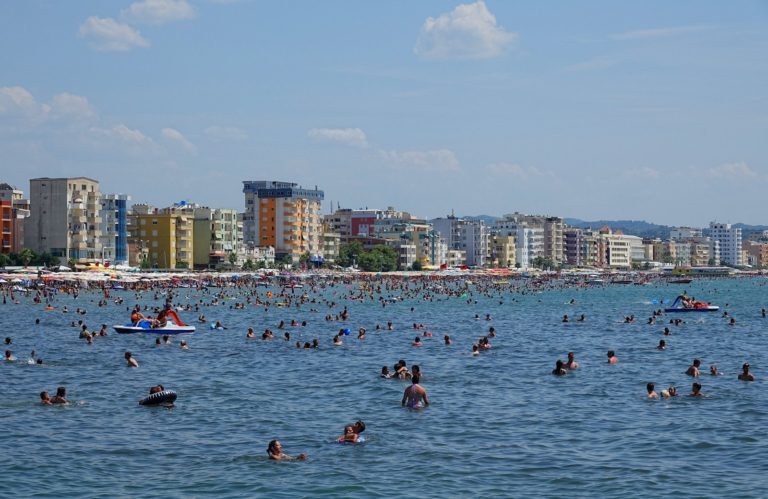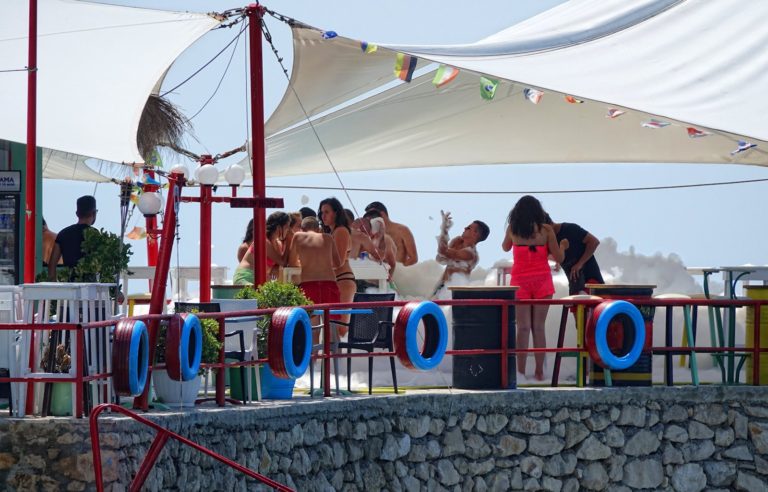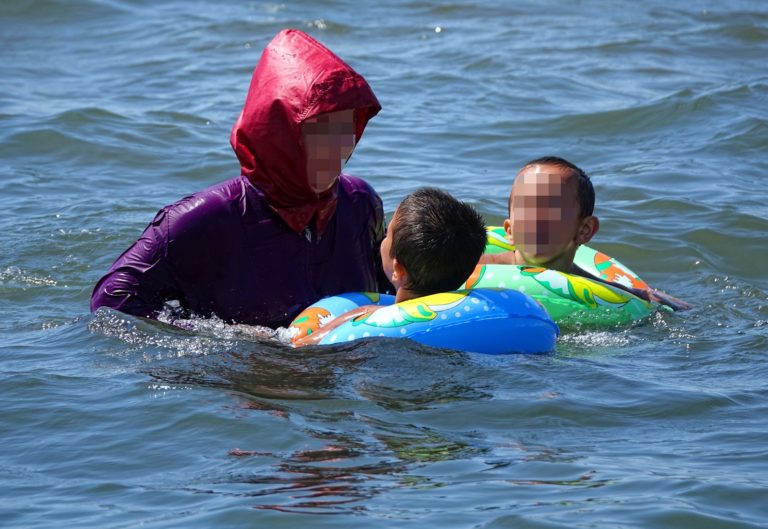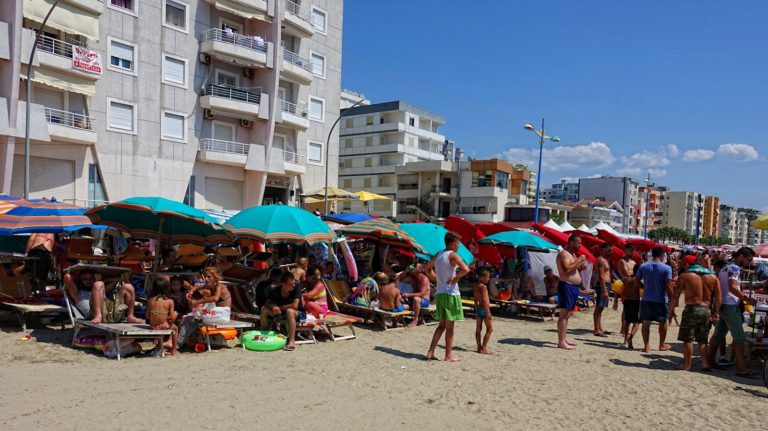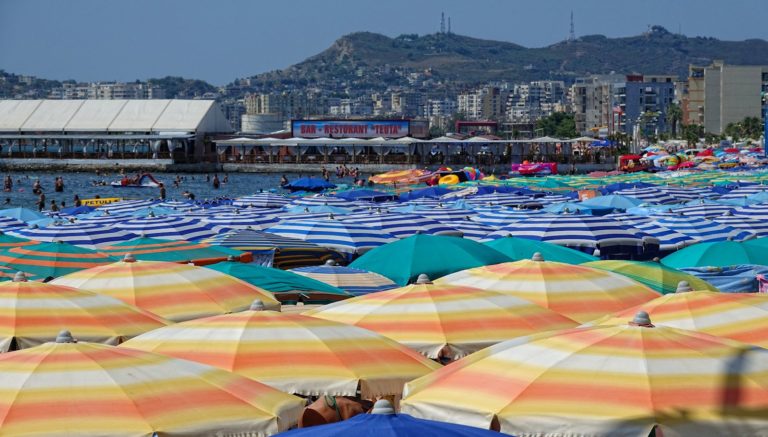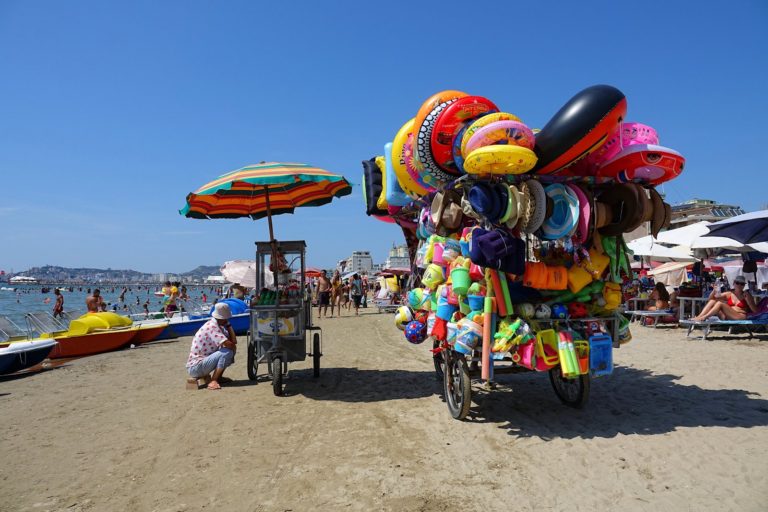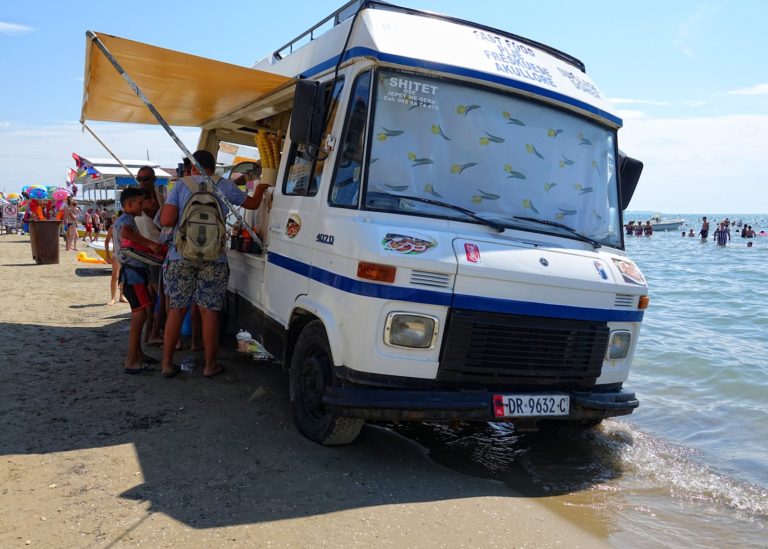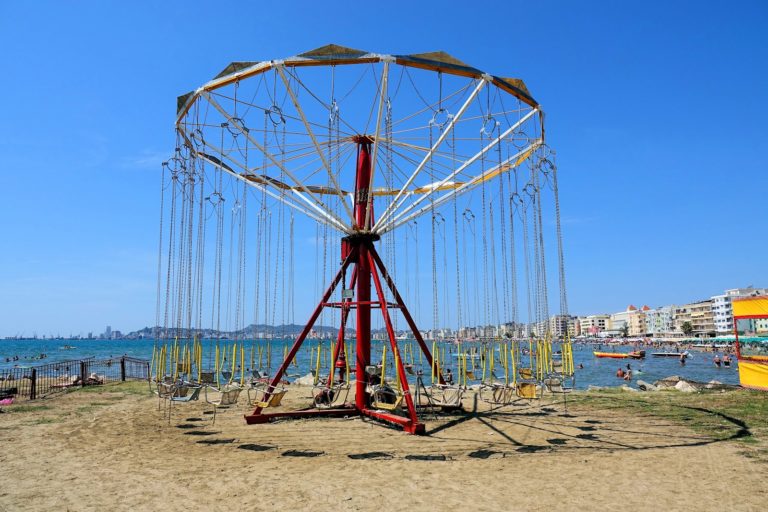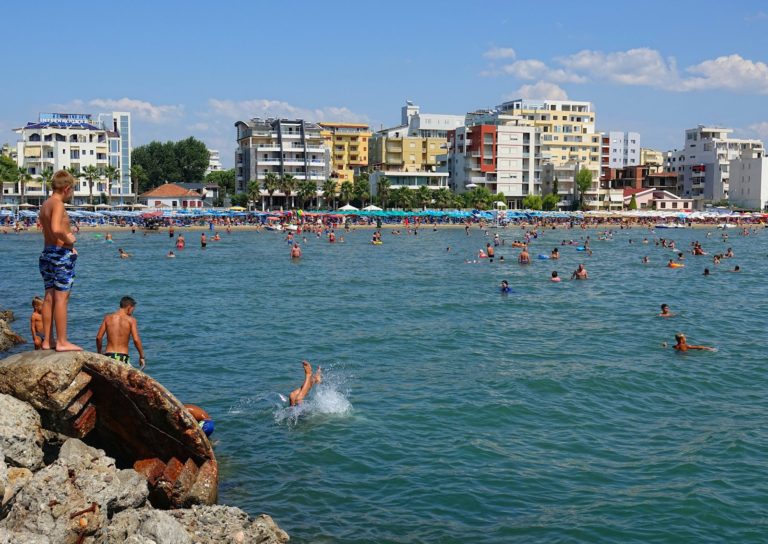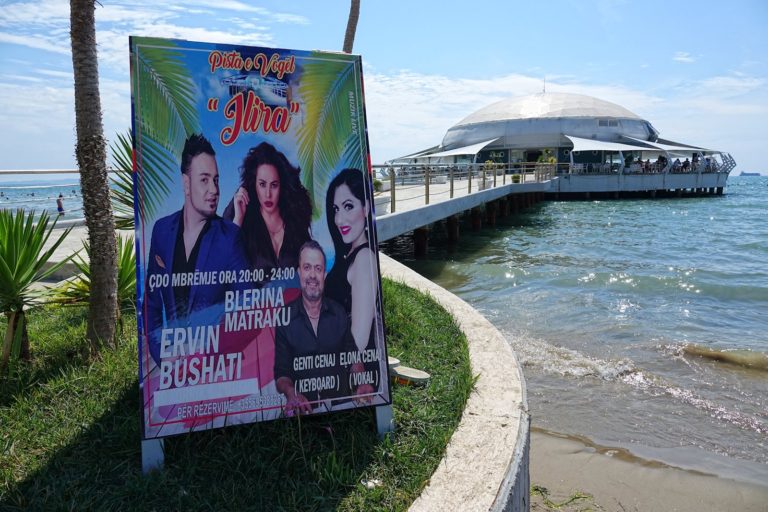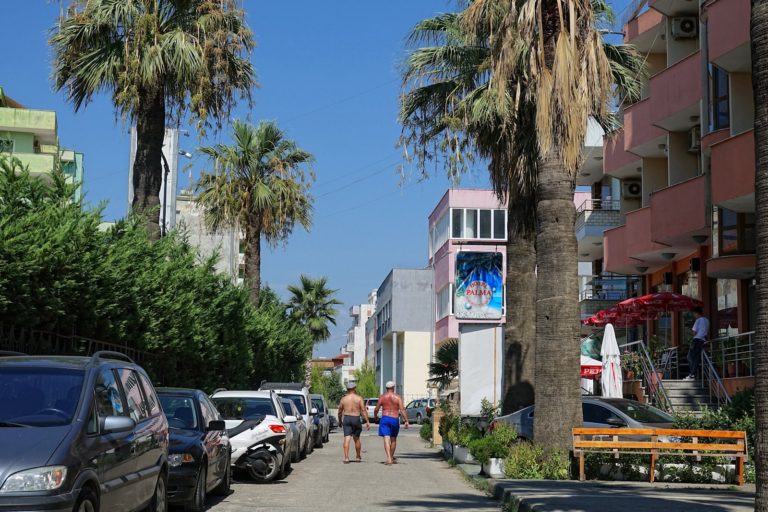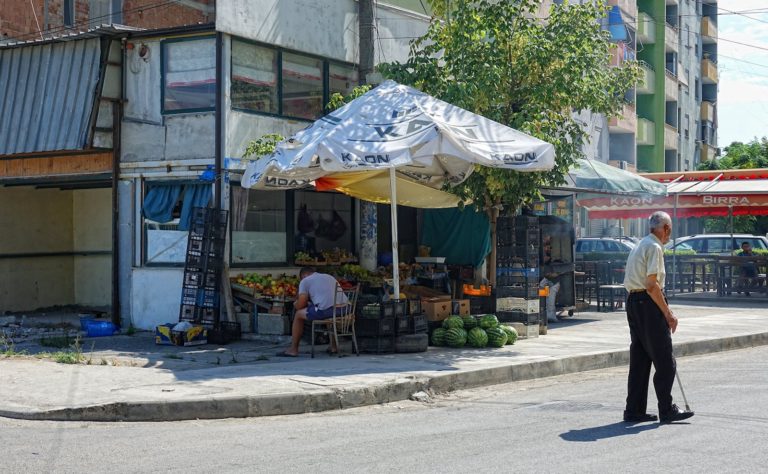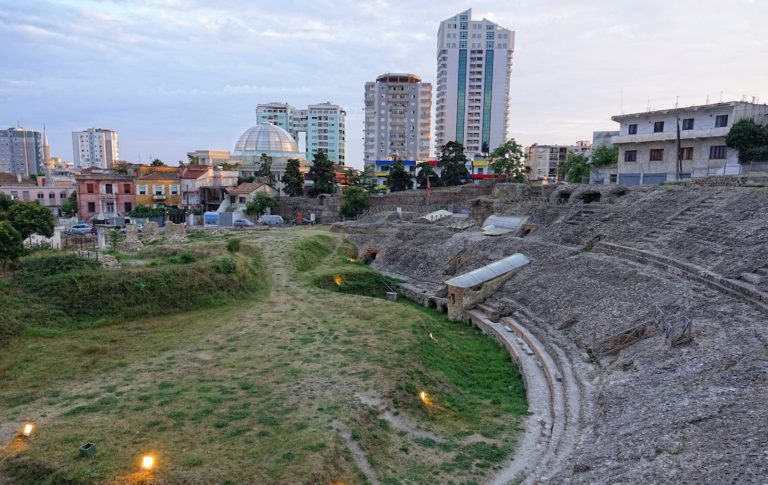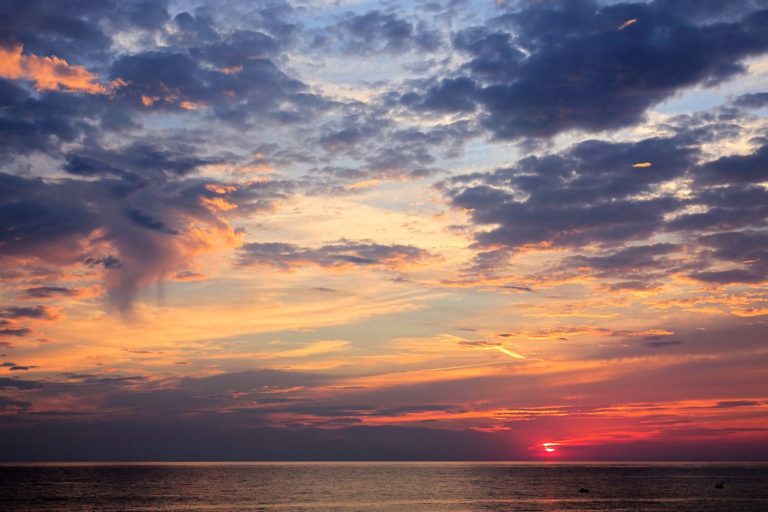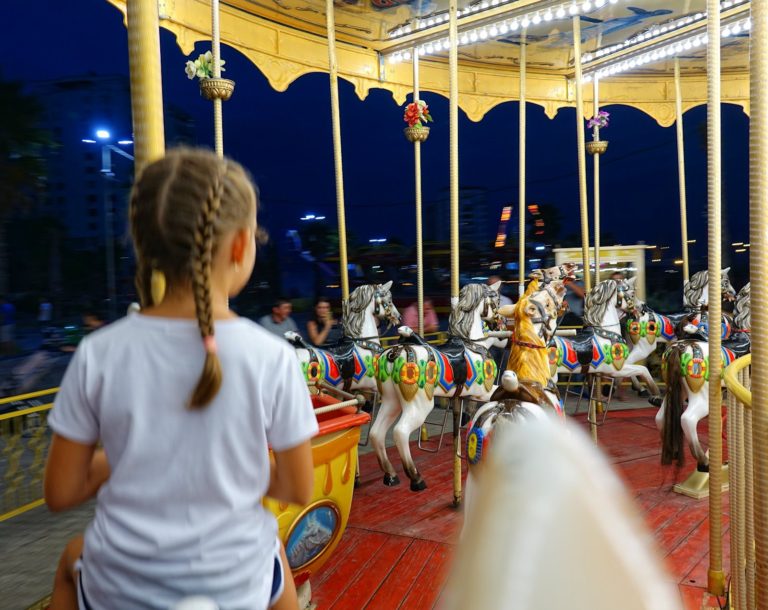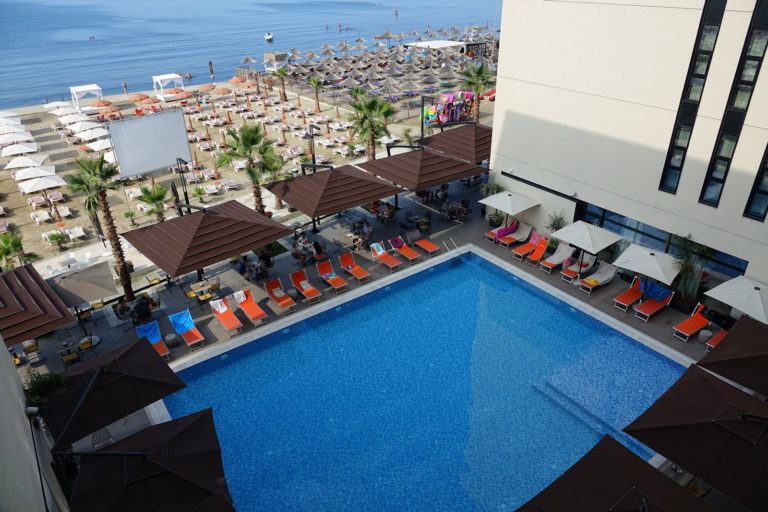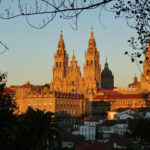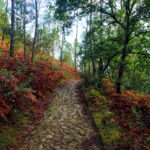Albania was never on my list of countries I particularly want to visit, but it has always intrigued me. For a long time, no other country could challenge it as the stereotypical backwards country, despite the fact that people in general actually knew and still know very little about it. On the other hand, Albania officially became the world’s first atheist country in 1967. That sounds extremely wise and progressive, at least to me. Unfortunately, it happened because of a desperate Communist dictator, so it certainly wasn’t all good.
Anyway, I felt that my impression of Albania needed to be challenged, and there’s no better way to do that than to go and have a look.
An irresistible last minute package deal became my way in. For just under 200 euros each, my wife and I got plane tickets and a room at a random hotel for a week in Durrës, a beach town just outside Albania’s capital, Tirana. After buying the package, we had about one day to prepare for the trip. So we didn’t, really. And yet we managed just fine.
This trip report comes in two parts. This part is about the 3-4 days we spent in and near Tirana. The other part is about the 3-4 days we raced with a rental car through Albania, Montenegro, Kosovo and North Macedonia.
While Albania isn’t exactly world famous for its scenery, the Albanian Alps (or literally “the cursed mountains” in Albanian) is all the reason you need for visiting the country. I’ve only heard good things about hiking in the remove valleys in northern Albania, and as we prepare for landing in Tirana, I can see why. We’ll try to make our way up here eventually.
Our initial plan is to leave the beach as soon as possible, but our random accommodation turns out to be a five star hotel. Granted, it’s Albanian-style five star, but it’s still way beyond what we expected from a beach resort in this country. So we decide to stay here for the first and last two days of our trip.
The beach is okay and the sea is nice and warm, so if we were here to relax, Durrës would probably be a good choice. But we’re not. So we drive our rental car the 40 kilometers to Tirana.
It seems to me that an Albanian driver’s license must be something you win in a lottery. The traffic is a complete mess. For example, the preferred strategy for making it through a roundabout alive, is to build up as much speed as possible before entering one.
It’s Sunday, a day with many weddings, so much of the traffic consists of wedding parties on the move. You recognize them by how at least one videographer with a death wish will hang out of a window, filming the high-speed madness.
Somehow we survive the drive, and we park our car somewhere near the center of Tirana. Walking around, we’re immediately struck by how much color and actually nice graffiti this city has. It’s not the grey Communist era concrete ugliness we anticipated. And it’s a good mix of old and new, with more new rapidly being added.
The sidewalk outside a Local Restaurant is tidy, and bidirectional bicycle lanes are separated from the cars by cones. It’s difficult to find any significant and obvious flaws of this city.
As a big reader, I’m delighted to see a huge variety of books laid out for sale in the most unexpected places in the streets of Tirana. Again, this is a good sign.
The Pyramid of Tirana is the first major remnant from the Communist years we see. It was built 30 years ago as the Enver Hoxha Museum, designed by the daughter of the country’s late dictator. When it was new, it was the most expensive building in the country. Then Communism went away, and here we are, left with a heavily vandalized, and possibly soon to be demolished, building to explore.
The inside of the pyramid may be of little interest, but the facade is decidedly welcoming. This sloping wall is clearly an invitation to climb it.
Or maybe not. We go inside through a set of broken doors covered in ugly tagging and graffiti. Everything is in decay, and a couple of street kids wander around with knives in their hands. The writing on the wall is clear. We nope out of there.
A couple of minutes later we enjoy the view of Tirana from the top of the pyramid. I’d say it’s worth the effort, although you should know that it’s a lot harder to get back down again. (Thank you, Tirana Fire Brigade!)
Sliding down the building used to be a thing to do here, but the surface has become far too coarse for that nowadays.
Back on street level, we receive praise from an electricity box. There are thousands of these across the city, and we don’t see a single one of them that has not been camouflaged by some colorful piece of art.
Behind the National Arts Gallery, we find this group of fallen heroes. Stalin and Lenin statues used to be plentiful across the country, but they were all removed as soon as democracy started happening, less than 30 years ago.
Nearby, Skanderbeg Square is the main plaza in the city. It’s huge, and covered with a mosaic of stones from all over the country. Several cultural institutions surround the square, and we’re now looking at the National Historical Museum.
The mural above the entrance is worth examining, but if you head inside you can enjoy sections like “Pavilion of the Communist Terror”, “Pavilion of Albanian Iconography”, and more!
Just a short walk from Skanderbeg Square is this pedestrian street that goes past the National Theatre. The most interesting thing here is probably Bunk’Art 2, that igloo-like concrete thing in the back.
It’s one of (they counted!) 173,371 concrete bunkers that the paranoid dictator Hoxha had built all over Albania. Many of them are still in place, and this one is now an art gallery and a museum telling the story of the daily lives of Albanians during Communism.
It certainly doesn’t look like much from the outside, but this facility consists of more than a hundred rooms hidden deep inside the mountain. It was built to be the Albanian army’s hideaway during nuclear war times. Now it looks like a zombie prison or something.
For a completely different experience, we drive out of the city centre to the probably more interesting of the two Bunk’Art museums. We enter it by driving through a long and narrow tunnel. As we return to daylight on the other side, it’s as if we have been transported to a different era.
It certainly doesn’t look like much from the outside, but this facility consists of more than a hundred rooms hidden deep inside the mountain. It was built to be the Albanian army’s hideaway during nuclear war times. Now it looks like a zombie prison or something.
When we make it past the fortification at the entrance, next comes another set of long corridors. This facility is huge. And a bit scary, maybe.
To reach an even more safe area, we head deeper down into the mountain. There’s not much cheerful graffiti to encourage optimism here either.
After all that, with clearly no efforts spared in making the place impregnable, we expect to find some pretty luxurious living quarters inside.
Not at all. This is the bedroom of Enver Hoxha. You can tell it’s his, because his rooms are the only ones with wood panels on the walls. It’s like the worst hotel room I’ve ever seen. The non-Hoxha rooms have bare concrete walls.
Hoxha’s living room isn’t the prettiest place, either. Leaf through his books and photo albums if you like. I’d probably rather be a dead dictator than a live one forced to live here for any extended period of time.
A series of rooms tell the story of Albania during World War II. A horribly smell of ancient mold will long before you enter each room tell you whether it contains an old uniform or not. This must be the unique multimedia show they advertise.
I guess that if you work in this place year after year, you will stop noticing the decay. But as a first-time visitor, I’m surprised by how badly the items on display are taken care of. It can’t be many years before this place closes down in an effort to save the people who work here. Even after just an hour inside these bunkers, I’m already beginning to develop a splitting headache.
No, that is not a bearded lady. It’s a mannequin dressed up as a school girl, demonstrating what it could be like to attend school inside this cavernous monstrosity. But the air here is so bad that mold has started forming even on the doll’s relatively sterile plastic face.
It turns out that the living room decor of the 1970s was even more depressing in Albania than in Norway. At least inside these atomic bunkers. I’m impressed that the Made in Albania TV set is still working, though.
Dizzy from the moldy air, we brave the traffic again to find some fresh air near the sea. We drive to Durrës town and discover that they have copied Hollywood Boulevard there. Except there’s a mosque, and people dress nicer here, of course.
Much of Durrës is new, funded by the tourism industry that has become a big thing here, but there’s a fair number of old and derelict buildings with faded colors as well.
Shetitorja, the waterfront promenade in Durrës, is a great place to be around sunset. People leave the beach to have dinner and go for rides at a rather basic Eastern Europe style amusement park.
The place is just like Disney World, except here they play loud music mainly to drown out the creaking machinery. Still, it looks wonderful under the setting sun. And it costs next to nothing.
Beach life in Durrës in August offers no privacy. People flock in huge numbers from inland Albania and several of the landlocked neighbouring countries, to the relatively cool coast.
Albania heard that foam parties are popular in Ibiza, so they decided to have one as well. Nobody told them that a foam party works best indoors. The entire beach is soon covered in foam, while there’s almost no foam left at the actual bar where the foam party is going on. “A” for effort!
Many of the beachgoers in Durrës are Muslims, so there are many burkinis around. It looks a bit impractical to me, but hey, if there’s a sudden invasion of lethal venomous jellyfish, I will readily convert. It looks like they’re having a good time anyway.
There are people everywhere, even on the parts of the beach where a row of restaurants blocks the passage between the sand and the sea. But if that’s the only free spot your hotel offers, that is where you will sit.
It’s really, really hot here, so the ice cream vendors are having a great day.
People are weird. Thousands of people flock to the sunny beach to hide from the sun under a dense forest of parasols.
An insane volume of plastic is filling our oceans. Some people here are still making good money on increasing the problem.
Where there are people on cheap vacations, there is always also fast food nearby. The closer, the more profitable.
And after you have had your cheap sunburn and your cheap fried food, you’re probably ready to go for a cheap amusement ride.
Fun fact: The average Albanian will die six years earlier than the average Japanese.
Expensive facilities are just not required in Albania. People are happy to dive into the sea straight from a pier made out of former bunkers made of concrete. It’s all fun and laughter until someone breaks a neck.
The choice of evening entertainment available in Durrës proves that most tourists are relatively local. Instead of Elvis and ABBA impersonators, they have Blerina Matraku. What a wonderful name!
Check her out on YouTube if you want to get up to speed on contemporary Albanian pop music.
Every street and sidewalk in Durrës is full of illegally parked cars and people walking around wearing every shade of sunburn.
The concept of supermarket chains has only just arrived in Albania, it seems. Most shops are nameless family-run businesses with hand-written price tags and vegetables straight from the fields.
A couple of blocks inland from the waterfront promenade in Durrës, we find what should be the main attraction of this town. This is a sadly neglected, relatively intact amphitheatre from Roman times. A cool discovery, in desperate need of much more attention.
At the beach again, where a couple of newlyweds get their photos taken during sunset. It’s a good place and a good time for this universally pleasant thing to witness.
Our last sunset in Durrës is gorgeous.
To prepare for tomorrow, we take a few laps on a carousel. It’s the safest ride of the entire amusement park, much unlike what lies ahead of us.
Looking down from our balcony, we’re reminded that even with this nice room, we’re in a bad place. Every single sunbed is occupied by entitled vacationers who get up at dawn to put their towels on a sunbed that they may or may not use during the coming day. Such silliness.
It’s time for a road trip through the Balkans.
But that’s another story.
